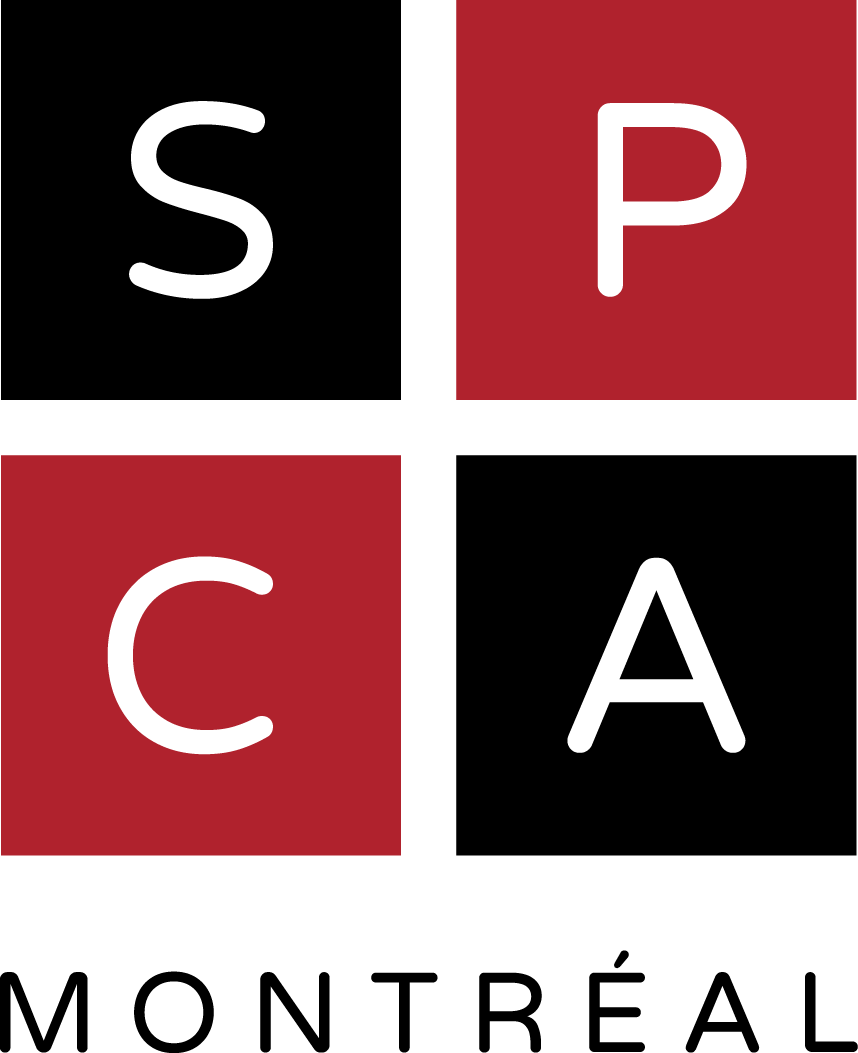To be happy and balanced, your companion needs to be mentally stimulated on a daily basis. You can offer them new challenges, such as finding a spot where you’ve hidden their favorite treats. Left to their own devices, your dog may become bored and experience significant psychological distress, which often results in unwanted behaviour such as excessive barking or destruction of your favorite pair of shoes. Offering them new activities is a great way to channel their energy, which is good for your dog … and for you!
So many benefits!
By mentally stimulating your dog every day, you will help them think for themselves. Problem solving will become easier for them and they will be able to have fun when you’re not home. Incidentally, mental stimulation is a great way for dogs with arthritis or in convalescence to expend excess energy. It is also a good alternative when the weather does not allow you to take long walks.
Did you know?
In terms of energy expenditure, 15 minutes of mental stimulation can be equivalent to 1 hour of running for your dog! Interesting, no?
Be sure to increase the complexity of the games and exercises to keep your dog busy and interested.
Here are 10 games for your dog
The activities described below are perfect for any season. In addition to keeping your pet mentally alert, these activities oblige them to eat more slowly, which promotes better digestion. Mealtimes are among your dog’s favorite times of day, so why not make them longer-lasting and even more fun?
1. Food-Dispensing Ball: The first time you use it, fill the ball with kibble to the rim so that it comes out easily when your dog rolls it. After a while, your pet will have fun alone for long periods with this toy. (These balls can be purchased at the Montreal SPCA Boutique)
2. Blanket Treats: Do you have a blanket or towel that you no longer use? Hide kibble, or even a dispensing ball, in the blanket so that your dog can find surprises inside. To make this activity more complex, tie knots in the blanket.
3. Doggy Piñata: Insert kibble in an empty container (eg, soymilk carton or toilet paper roll). Make sure your dog does not eat the cardboard and that all openings are secured.
4. Snuffle Mat: You can easily create this type of carpet that dogs love! Hide some kibble in it; your companion will enjoy long snuffling sessions to find it all. (This mat is available in various sizes at the Montreal SPCA Boutique).
5. Kong Toys: Fill the toy with kibble, canned food or even peanut butter. To make the task more difficult, freeze it before giving it to your dog or hang it on a doorknob with a string. (This toy is available in various sizes at the Montreal SPCA Boutique).
6. Hide-and-Seek: Show your dog their favorite treat, then hide it in an easily accessible spot, for example in the corner of a room to start, then behind a door. You can also make the game more challenging by hiding the objects from the list above in various spots in your home.
7. Garden Kibble Hunt: Rather than serving your dog’s meal in a bowl, toss their kibble in your yard. Make sure that the yard is completely enclosed and safe. Then scatter the food in a defined area. Over time, you can increase the complexity of the game by expanding the search perimeter in your garden.
8. Spin the Bottle: Make two cuts opposite each other through the middle of an empty plastic bottle, cap removed. Thread a string through the holes and suspend the bottle, for example between two cabinet handles. Put some treats into the bottle so your dog needs to rotate it to get them out through the opening. This toy, a very easy do-it-yourself project (see how here), will mentally stimulate your dog.
9. Fabric Shoe Rack: Take a fabric shoe rack (not plastic, to ensure that your dog does not choke), spread it on the floor and slide kibble into the pockets. To complicate the game, block the pockets’ openings with toys.
10. Learning: Teach your dog new tricks, such as “stay” or “roll”. Make sure that the experience is always positive and never use punishment. To keep your dog’s attention focused, limit training sessions to about 15 minutes.
Supervise your dog when they play with objects so that they do not ingest any inedible materials. If your pet is possessive with their food, keep strangers or children away during this type of activity.
 Laura Boisvert – Animal Behaviourist and Evaluator
Laura Boisvert – Animal Behaviourist and Evaluator
Passionate about animals from a very young age, Laura now works as a canine evaluator at the Montreal SPCA. She also makes home visits to address dog behaviour problems. Her methods, based on positive reinforcement, are up-to-date and effective.

Léonie Pronovost – Animal Behaviourist
Fascinated by the animal kingdom since before she can remember, Léonie has a degree in animal training, animal psychology and clicker learning. She offers home consultations and group canine education. Previously a behavioural evaluator at the Montreal SPCA, she now runs workshops and conferences.







